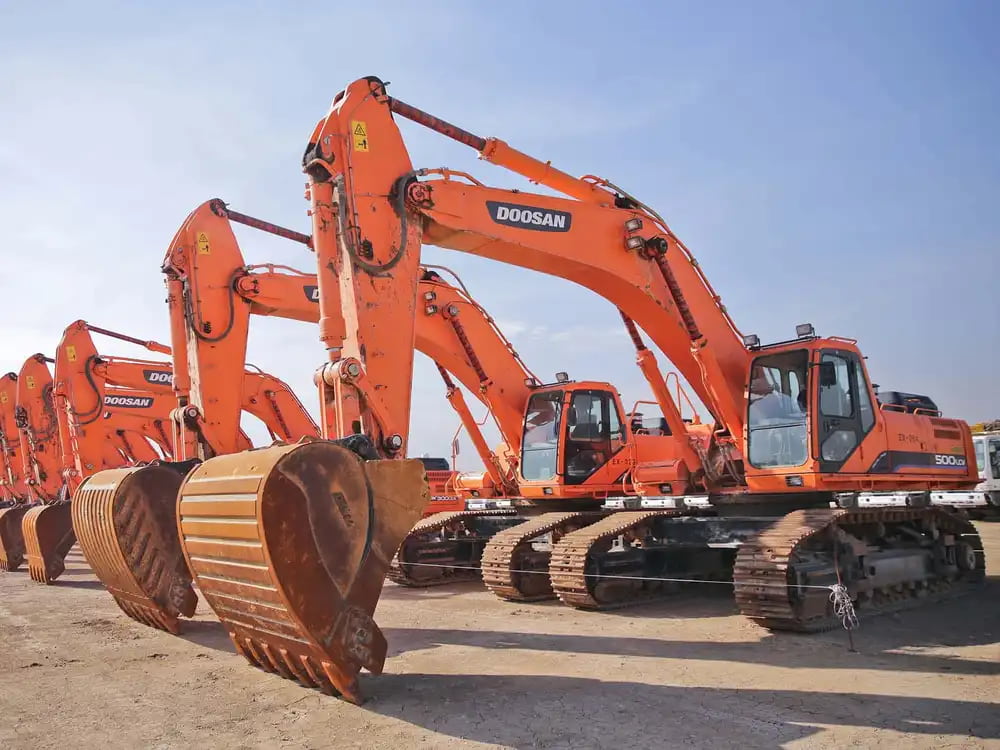Understanding the Different Types of Excavation
Introduction:
Excavation is a fundamental process in construction and civil engineering, involving the removal of earth and rock to create space for foundations, utilities, or landscaping. While the overarching goal remains the same, different projects demand distinct excavation methods. In this blog post, we’ll explore three primary types of excavation, each tailored to meet specific project requirements and challenges. If you are looking for excavating contractors in Knoxville TN, contact us today!
Topsoil Excavation: Unearthing the Surface Layers
Topsoil excavation involves the removal of the uppermost layer of soil, known as topsoil. This layer typically consists of organic matter, vegetation, and other materials and is often unsuitable for construction purposes. Topsoil excavation is crucial in preparing the ground for building foundations, roads, or landscaping projects.

Process:
- Clearing and Stripping: Vegetation and debris are cleared from the excavation area, exposing the topsoil layer.
- Excavation: Heavy machinery, such as bulldozers or scrapers, is used to remove the topsoil layer to a specified depth.
- Stockpiling or Disposal: The excavated topsoil is either stockpiled for later use in landscaping or disposed of if deemed unsuitable for the project.
Applications:
- Construction of foundations for buildings and structures.
- Road construction and maintenance.
- Landscaping projects where the removal of vegetation and topsoil is necessary.
Considerations:
- Proper handling and disposal of removed topsoil to minimize environmental impact.
- Preservation of fertile topsoil for later use in landscaping.
Â
Rock Excavation: Conquering the Solid Foundations
Rock excavation is designed for projects where the presence of hard rock formations poses a challenge. This type of excavation is prevalent in geological conditions where the bedrock is close to the surface, making conventional excavation methods impractical.
Process:
- Rock Drilling: Specialized drilling equipment, such as rock drills or explosives, is used to break and loosen the rock.
- Rock Breaking: Once drilled, the rock is broken into smaller, manageable pieces using hydraulic breakers or explosives.
- Excavation: Heavy machinery, including excavators and loaders, is employed to remove the broken rock material.
Applications:
- Foundation excavation for structures in areas with rocky terrain.
- Quarrying for the extraction of valuable minerals or construction materials.
- Road construction through mountainous regions.
Considerations:
- Assessment of rock hardness and composition to determine the appropriate drilling and breaking methods.
- Environmental considerations and permits for the use of explosives in rock breaking.
Â
Trench Excavation: Digging Deep for Utilities
Trench excavation is primarily used for creating narrow, deep excavations necessary for the installation of utilities, such as pipelines, cables, or conduits. Trenches provide a confined space for laying and securing these essential underground structures.
Process:
- Marking and Surveying: The proposed trench location is marked and surveyed to ensure accuracy and adherence to project specifications.
- Excavation: Trenches are dug using specialized equipment like trenchers, backhoes, or excavators, depending on the depth and width requirements.
- Installation: Once the trench is excavated, utilities are installed, secured, and backfilled with soil.
Applications:
- Installation of water and sewage pipelines.
- Laying electrical cables or telecommunication conduits.
- Creating trenches for drainage systems or underground utilities.
Considerations:
- Accurate measurement and surveying to meet specific depth and width requirements.
- Shoring and protective measures to prevent trench collapses and ensure worker safety.
Conclusion:
Excavation is a multifaceted process, and understanding the different types—topsoil excavation, rock excavation, and trench excavation—is crucial for successful project outcomes. Whether preparing the ground for construction, navigating rocky terrains, or installing essential utilities, each type of excavation comes with its unique challenges and considerations. By tailoring excavation methods to project requirements and employing proper safety measures, contractors can navigate the depths with precision, ensuring the successful realization of construction and infrastructure projects.